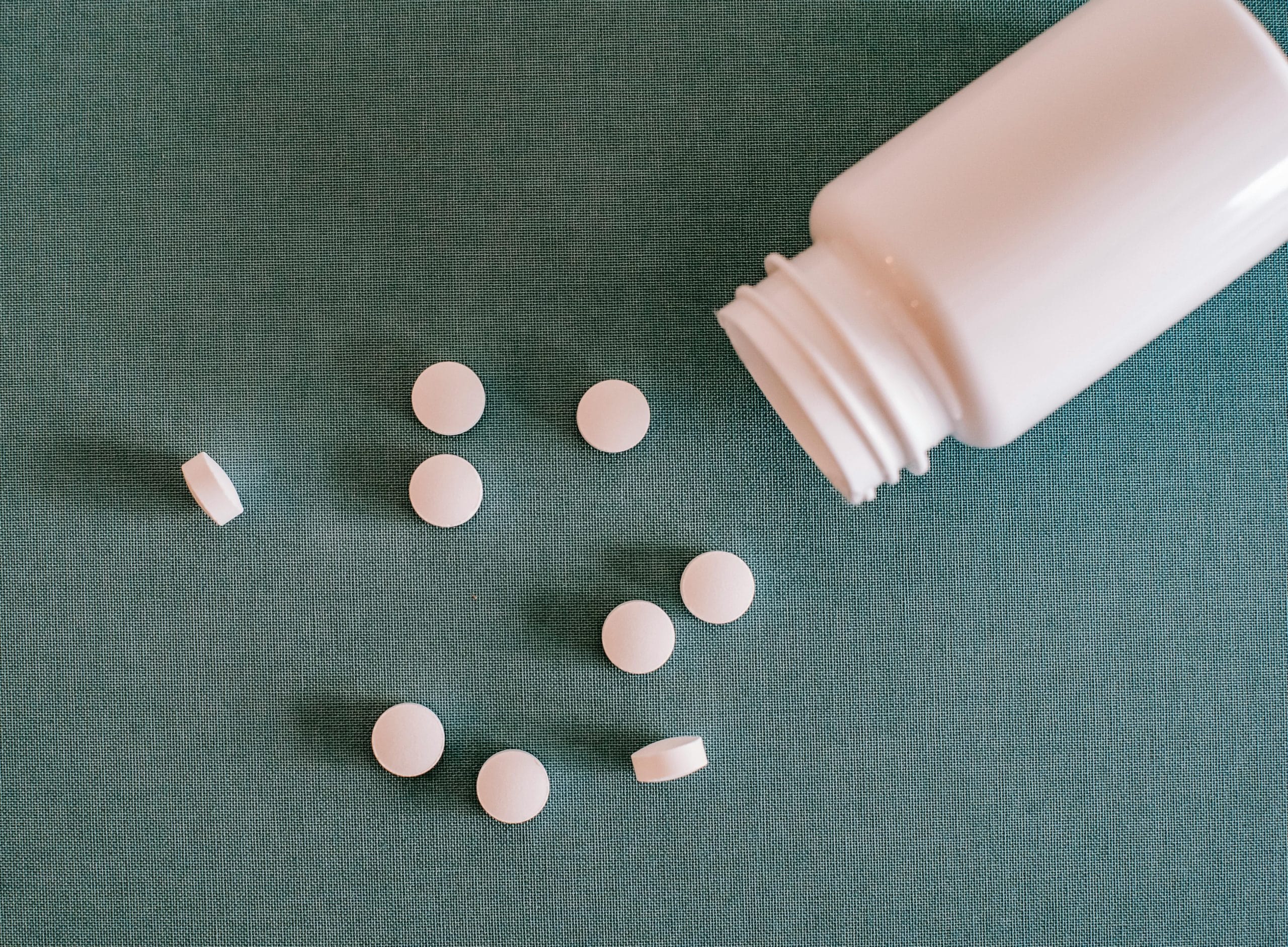Many adults need more than lifestyle changes to control blood sugar. When used thoughtfully, pioglitazone-metformin can help improve insulin sensitivity and lower hepatic glucose output. This guide translates complex safety information into practical steps you can discuss with your care team.
Key Takeaways
- Dual action benefits: improved insulin sensitivity and reduced liver glucose output.
- Serious risks exist: heart failure, lactic acidosis, and fluid retention need monitoring.
- Start low, go slow: dose with food; monitor A1C and kidney function.
- Not for everyone: avoid in certain heart, liver, or kidney conditions.
- Know your options: extended-release and alternative combinations may improve tolerance.
pioglitazone-metformin: Core Facts and Context
This fixed-dose tablet combines two established antihyperglycemics. Pioglitazone is a thiazolidinedione (insulin-sensitizer), and metformin is a biguanide that reduces hepatic gluconeogenesis (liver sugar production). Together, they can improve A1C in type 2 diabetes while addressing common pathophysiology like insulin resistance and hepatic overproduction.
Because the medicines affect multiple systems, ongoing monitoring is essential. Weight changes, edema (fluid retention), or gastrointestinal symptoms can signal intolerance or risk. For background on pioglitazone monotherapy, see Pioglitazone Managing Type 2 Diabetes for a concise review of solo-agent evidence.
How It Works: Dual Mechanism
Pioglitazone activates PPAR-γ receptors, improving peripheral insulin sensitivity in adipose tissue and muscle. Metformin decreases hepatic glucose output and may reduce intestinal glucose absorption. This combined effect can lower fasting glucose and post-meal spikes while reducing compensatory hyperinsulinemia.
These complementary mechanisms also intersect with fatty liver biology, where insulin resistance and hepatic lipogenesis matter. Emerging data suggest potential benefits in nonalcoholic fatty liver disease, but responses vary. For a basic refresher on disease categories before diving deeper, see Types Of Diabetes Guide for clear definitions and staging context. To ground this section, the pioglitazone metformin mechanism of action centers on insulin sensitization plus reduced liver glucose production.
Who It’s For and When To Avoid
This combination is indicated to improve glycemic control in adults with type 2 diabetes when single agents fall short. It is not appropriate for type 1 diabetes or diabetic ketoacidosis. Clinicians often consider it when insulin resistance and fatty liver coexist, aiming to target both glycemic and metabolic features.
Certain conditions may require avoidance or additional caution, including symptomatic heart failure, active liver disease, eGFR below clinical thresholds, or a history of bladder cancer. It should not be used during diabetic ketoacidosis. The phrase pioglitazone metformin indications reflects labeled use for glycemic control. If fatty liver progresses to cirrhosis, risks change; for broader liver disease implications, see Liver Cancer for context on advanced hepatic conditions and monitoring considerations.
Safety Essentials: Black Box, Heart Failure, Lactic Acidosis
Metformin carries a boxed warning for lactic acidosis, a rare but serious complication more likely with significant renal impairment, hypoxia, or acute illness. Pioglitazone can cause or exacerbate heart failure due to fluid retention. Clinicians watch for dyspnea, rapid weight gain, or edema, especially in those with cardiac disease. For the consolidated regulatory language, review the Actoplus Met label, which details warnings and monitoring steps.
Long-term pioglitazone use has raised questions about bladder cancer risk; updated reviews suggest a possible association, especially with higher cumulative exposure. The FDA’s assessment offers balanced context; see the FDA safety communication for the agency’s current stance. Within this safety framework, the pioglitazone metformin black box warning underscores cautious prescribing and vigilant follow-up.
Dosing and Administration
Start low and titrate based on tolerability and glycemic response. Taking tablets with meals can reduce stomach upset, which is common with metformin. Clinicians individualize the pioglitazone component based on edema risk, body weight, and heart status, advancing gradually to reduce adverse effects.
Swallow tablets whole and avoid alcohol misuse to lower compounding risks. If gastrointestinal intolerance persists, extended-release alternatives or slower titration may help. Practical pioglitazone metformin dosage guidelines typically emphasize food co-administration and cautious stepwise increases. For metformin ER approaches, see Glumetza Extended Release Metformin for a comparison of extended-release options and tolerability features.
Monitoring Response and Labs
Plan regular A1C checks, home glucose logs, and symptom reviews. Body weight, ankle swelling, and shortness of breath can indicate fluid retention and should be discussed promptly. Liver enzymes and renal function tests help establish safety over time, especially after dose changes or intercurrent illness.
Evidence-based guidance recommends periodic A1C evaluation to confirm that glycemic targets remain appropriate and attainable; see the American Diabetes Association Standards of Care for monitoring intervals and target-setting context. For patients using DPP-4 combinations instead, Janumet Helps Control Blood Sugar provides comparative monitoring points you can discuss with your clinician. In this section, the phrase pioglitazone metformin monitoring A1C highlights the importance of periodic laboratory review.
Kidney and Liver Considerations
Metformin exposure increases as kidney function declines, raising lactic acidosis risk in susceptible settings. Clinicians assess eGFR regularly and may avoid initiation at lower eGFR thresholds. Liver disease can alter pioglitazone metabolism and heighten fluid retention risks, so baseline labs and clinical exams are key.
Acute illness, dehydration, or contrast procedures can necessitate temporary interruptions, particularly for metformin. Discuss surgical or imaging plans in advance, especially with underlying renal or hepatic compromise. This is where pioglitazone metformin renal impairment dosing becomes central, informing whether to pause therapy or modify plans around stressors. For a broader pioglitazone safety lens, see Key Findings On Pioglitazone to understand non-glycemic effects summarized in plain language.
Interactions, Alcohol, and Counseling
Alcohol misuse can amplify metformin’s lactic acidosis risk and worsen liver inflammation. Certain diuretics, steroids, and other agents can destabilize glucose control or volume status. When insulin or secretagogues are added, hypoglycemia risk increases, requiring glucose awareness and individualized education.
Patients benefit from practical counseling on edema recognition, sick-day rules, and when to seek urgent evaluation. For those combining with insulin, see Types Of Insulin And Uses for terminology and dosing patterns that affect coordination. When exploring SGLT2 add-ons for cardiometabolic benefit, Dapagliflozin And Metformin Reduce Fat outlines mechanisms and practical trade-offs. Within this counseling framework, clinicians also review pioglitazone metformin interactions to avoid avoidable risks.
Formulations and Comparisons
Fixed-dose combinations may improve convenience but limit independent titration. Extended-release metformin can help gastrointestinal tolerability for some people, though insurance coverage varies. Brand and generic options exist, with similar active components but different tablet designs and release profiles.
Compared with single-agent therapy, dual therapy can reduce treatment complexity and pill burden, which may help adherence. However, combination tablets are not superior for everyone, especially if adverse effects arise from one component. This section addresses the clinical debate of pioglitazone-metformin compared with solo agents without promoting any single product. For weight-forward alternatives, see Top GLP-1 Drugs For Weight Loss to understand mechanisms and differences in treatment goals. For head-to-head context on incretin-based choices, Mounjaro Vs Ozempic outlines practical differences in dose design and effects.
Common Side Effects and What to Watch
Metformin can cause nausea, diarrhea, or abdominal cramping, especially early on. Taking the medicine with meals and titrating gradually may help. Pioglitazone may lead to weight gain and fluid retention, so weigh yourself regularly and check for ankle swelling or shortness of breath.
Report new symptoms promptly, including severe fatigue, muscle aches, or rapid breathing, which can signal rare metabolic complications. Discuss new rashes, vision changes, or recurrent infections. These points reflect broader pioglitazone metformin side effects patterns as described across labels and clinical experience. If lifestyle change is your top priority, see Can Type 2 Diabetes Be Reversed for a balanced look at diet, activity, and remission research.
Practical Use With Other Therapies
Some people require three or more agents over time. Base additions on A1C trends, comorbidities, and tolerability. Combinations with basal insulin, GLP‑1 receptor agonists, or SGLT2 inhibitors can be considered by clinicians aiming for comprehensive risk reduction.
Coordinate education across your regimen so dosing windows and meal timing align. If edema or heart failure symptoms emerge, clinicians may reassess the thiazolidinedione component and pivot therapy. For people who prioritize cardiometabolic risk and triglyceride management, Vascepa may be discussed as an option for severe hypertriglyceridemia; this link provides additional product context. As part of patient education, many teams emphasize pioglitazone metformin patient counseling on recognizing side effects and understanding sick-day guidance.
Recap
This combination targets insulin resistance and liver glucose overproduction with one tablet. Benefits must be balanced against fluid retention, lactic acidosis risk, and organ function considerations. Shared decision-making, careful titration, and regular labs can help reduce preventable harms and support long-term control.
Note: Ask your clinician about individualized goals, including A1C targets, heart risk, and liver health. Bring home glucose logs and a current medication list to every visit.
This content is for informational purposes only and is not a substitute for professional medical advice.

